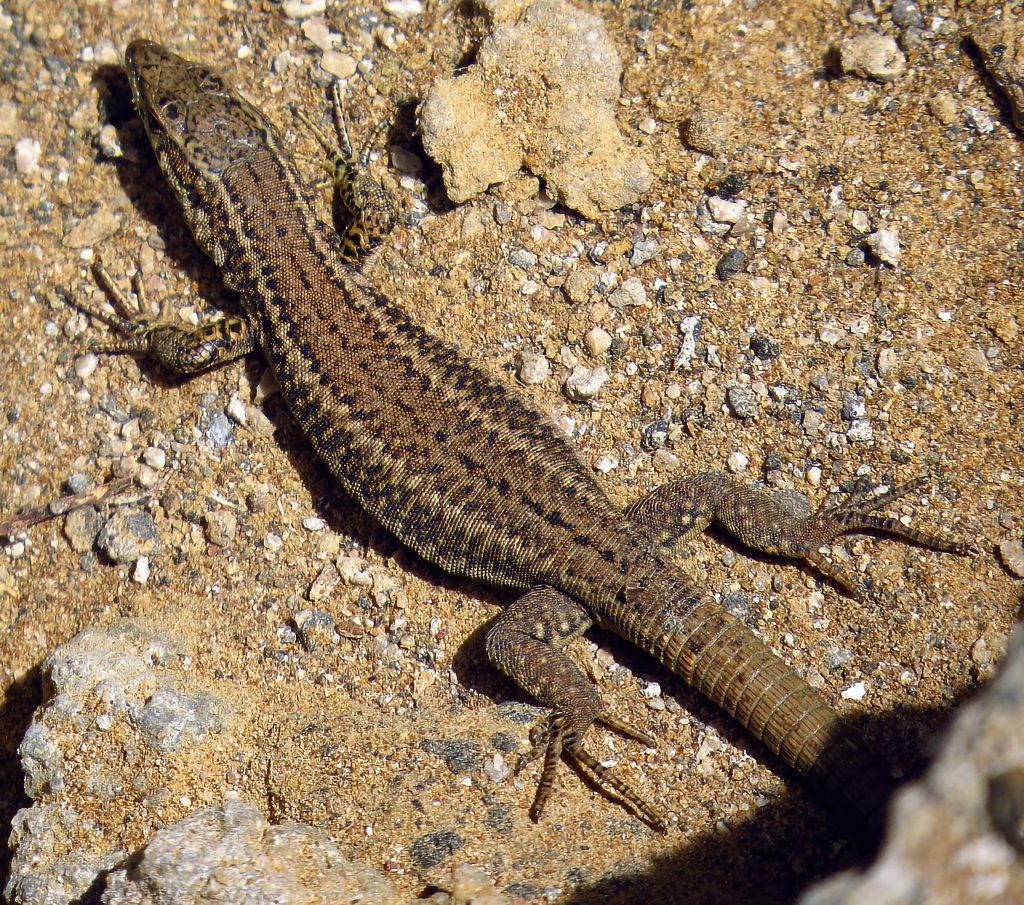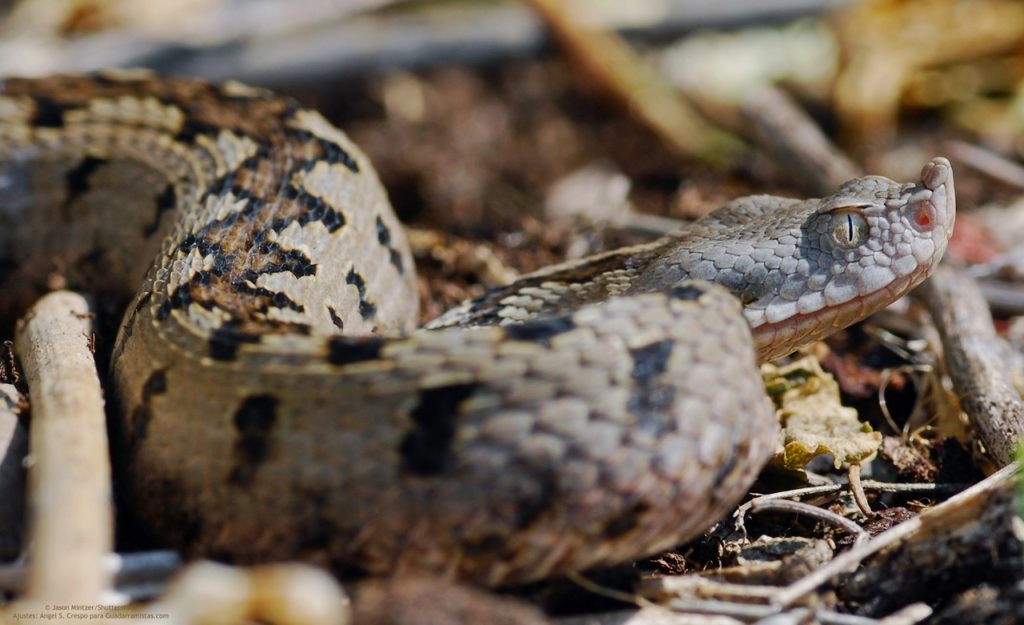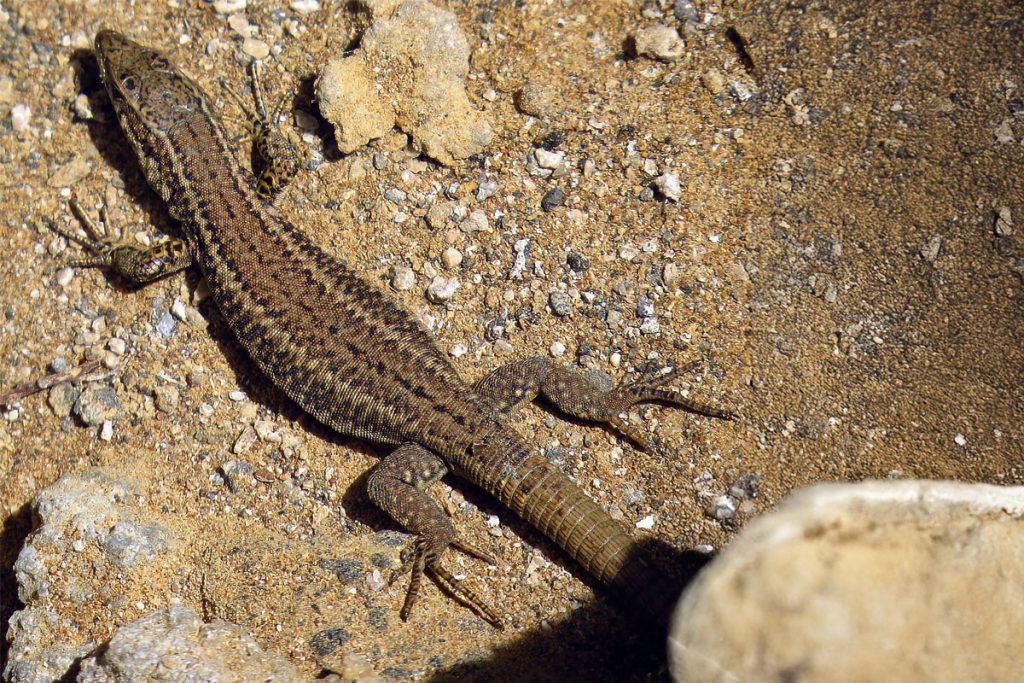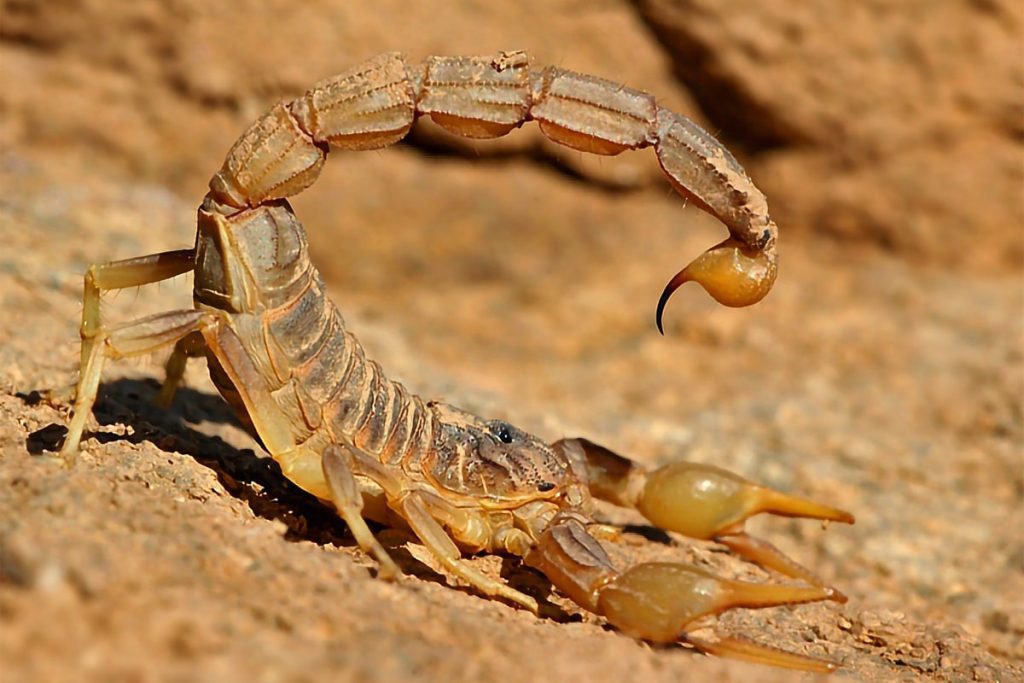
Discover Our Journey So Far
The Columbretes Islands are not an amusement park or a typical tourist destination but a rare gem of untouched nature. Visiting this place is not just a day trip; it is a unique experience where respect for nature takes center stage. It is a journey back in time to a world that remains pure and unspoiled. Let yourself be inspired by this breathtaking environment and rediscover what truly matters in life. Enjoy this one-of-a-kind experience!

Snakes
The snakes that gave the Columbretes Islands their name probably arrived in this way. The neighboring Levantine coast is plagued each year by heavy rains that fill the dry wadis with powerful floods, carrying a large amount of debris and vegetation to the sea. The Ebro Delta similarly contributes to this potential supply of castaways. Although the National Museum of Natural Sciences in Madrid houses a specimen of the snakes that were eradicated on the islands, it has not been possible to identify which species it was, as the origin of the specimen is doubtful. It is thought that it was most likely the Lataste’s viper (Vipera latastei), which is endemic to the Iberian Peninsula.

Lizards
There are four isolated populations of lizards in the archipelago, on different islets, especially on the island of Grossa. Although these lizards have plenty of insects to eat, there is a high degree of cannibalism: adult lizards feed on eggs and young.

Scorpion
That is fascinating! The Columbretes Islands seem to have a unique and diverse ecosystem. The presence of Buthus occitanus scorpions suggests a relatively recent arrival, as they have not yet evolved into separate endemic species.
The Tenebrionidae family of beetles, including species such as Alphasida bonacherai and Tentyria pazi, are particularly interesting. Their adaptation to dry and steppe environments points to a possible North African origin. Other notable Tenebrionidae on the islands include Pimelia interjecta, Scaurus vicinus, Scaurus rugulosus, Blaps gigas, and Blaps lusitanica.
